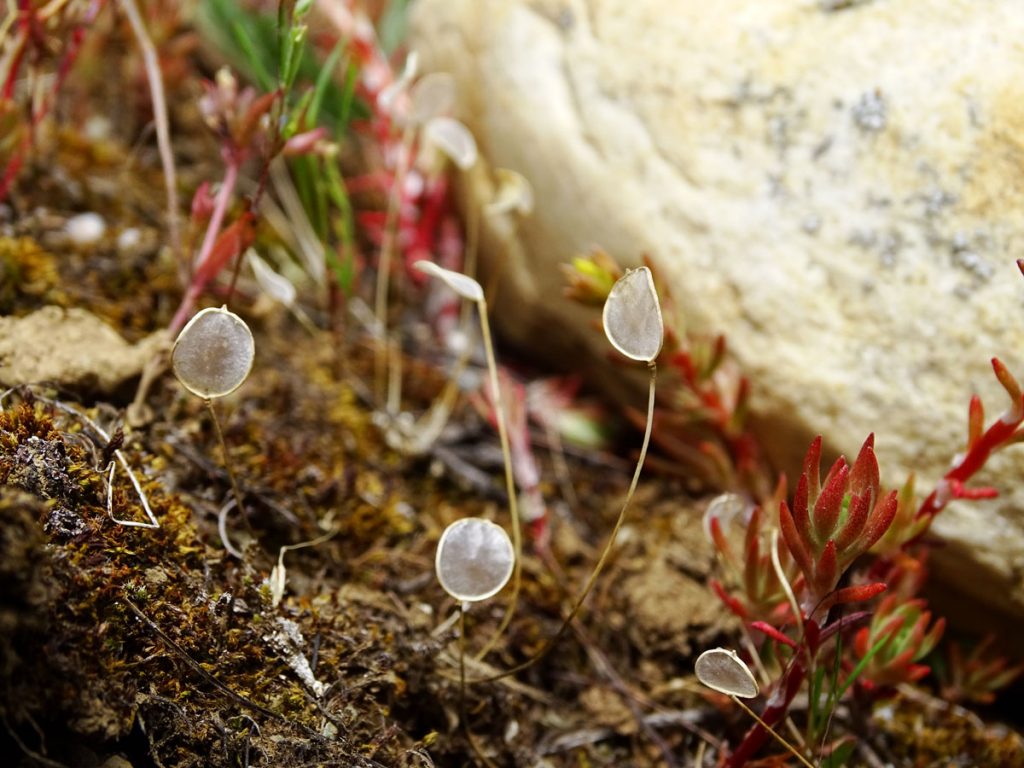| Submitted by: | Ricarda Paetsch |
| Department: | Biological Sciences |
| Faculty: | Science |
| Place of creation: | between Trego and Lake Koocamusa, Montana, USA |
Few scientists know that the interior Pacific Northwest is home to many treeless plant communities containing diverse species of herbs, grasses, bryophytes and lichens. Although treeless plant communities are generally known to form biodiversity hotspots, in the interior Pacific Northwest only few of them have been studied; others have escaped the attention of scientists; we gave them a name: Bedrock Meadows.
Bedrock Meadows occur interspersed in clearings of mountain forests in southern British Columbia, northern Idaho and northwest Montana on shallow soils. They constitute a valuable part of North America’s landscape and are threatened by habitat loss.
My project aims to characterize their plant-diversity patterns, evaluate their conservation value, and thus, develop a basis for decision making in nature conservation by using synthesized fine-resolution vegetation plot data to draw plant-diversity patterns on landscape scale. My work involves surveying every square centimeter of numerous 16 m2 plots, carefully crawling through and documenting entire plant composition, from the smallest lichens, bryophytes and herbs to the largest herbs and grasses. Surrounded by further bryophytes, lichens and herbs, Scalepod (Idahoa scapigera) in my photograph represents one of the tiniest annual herbs that make up an important part of the plant-diversity in Bedrock Meadows.
